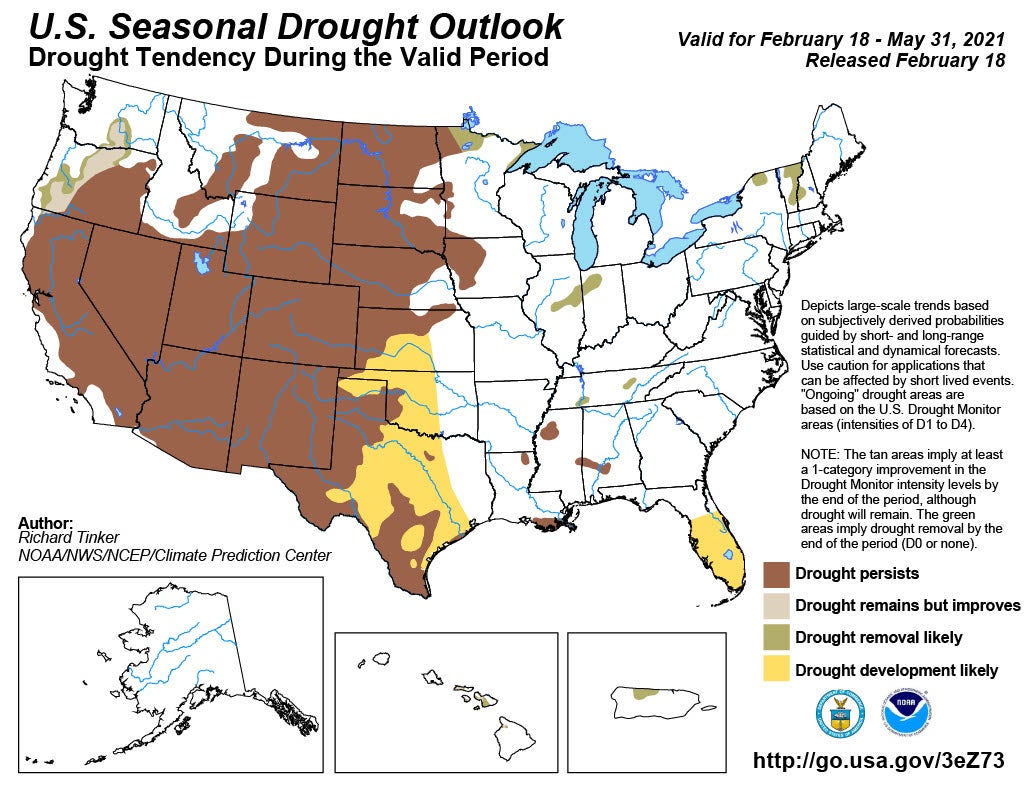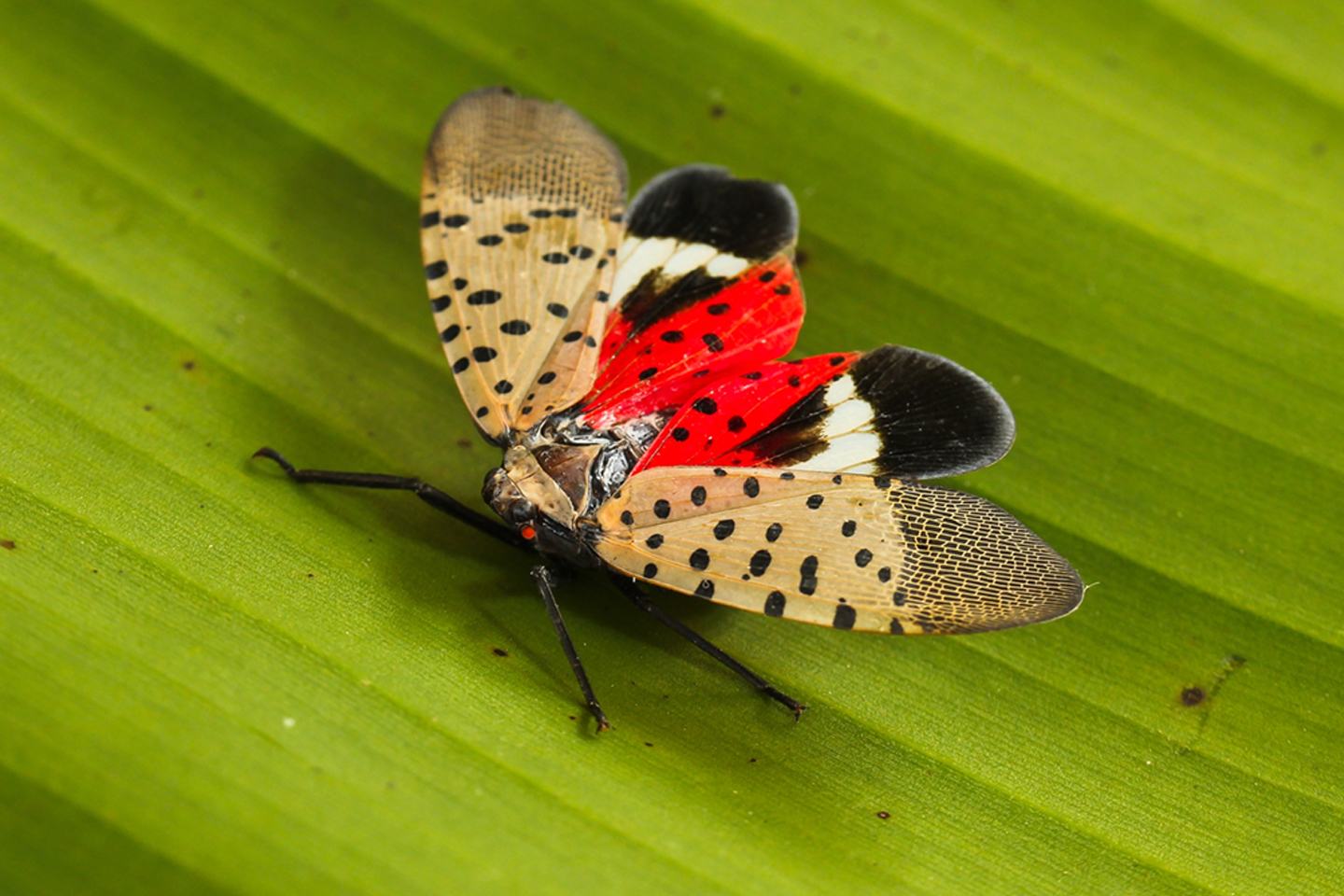Read the entire report from
our technical services team
Looking at the Climate Prediction Center, much of the Great Plains is already in a drought and, according to the prediction models, we are not likely to have an above-average rainfall year. The result appears to be setting us up for a hot, dry spring and summer. According to Dr. Robert Wright, research and extension entomologist at University of Nebraska-Lincoln, spider mite populations do very well in hot and dry years for two main reasons:
- Dry, hot weather means less fungal disease. Mites don't like fungus.
- Optimal temperatures for plant-feeding spider mites are higher than that of predatory mites.

Mite colonies have evolved to be survivors. That is why the best method of controlling two-spotted spider and Banks mites is often with other mites. Predatory mites and beneficial insects like ladybeetles are key players in keeping populations at bay. When growers target chewing insects like caterpillars with broad-spectrum products, they run the risk of killing these natural enemies of mites. Bifenthrin contains a trifluoromethyl group. The result is a more stable compound that has miticidal activity. When combined with other key active ingredients like Rynaxypyr® active, we can achieve reliable mite and insect management.
| Brigade® 2ec insecticide/miticide | hero® insecticide | elevest® insect control |
|---|---|---|
|
Bifenthrin (3A) |
Bifenthrin (3A) + zeta-Cypermethrin (3A) |
Bifenthrin (3A) + Rynaxapyr active (28) |
| Corn, soybean, others | Corn, soybean, others | Corn, soybean, others |
|
6.4 fl. oz./A |
6.4 fl. oz./A |
7.7 – 9.6 fl. oz./A |
|
Reliable, effective on many pests including mites and aphids |
Broad spectrum, dual active ingredient |
Lengthy residual, great toxicological profile, multiple MOA |



